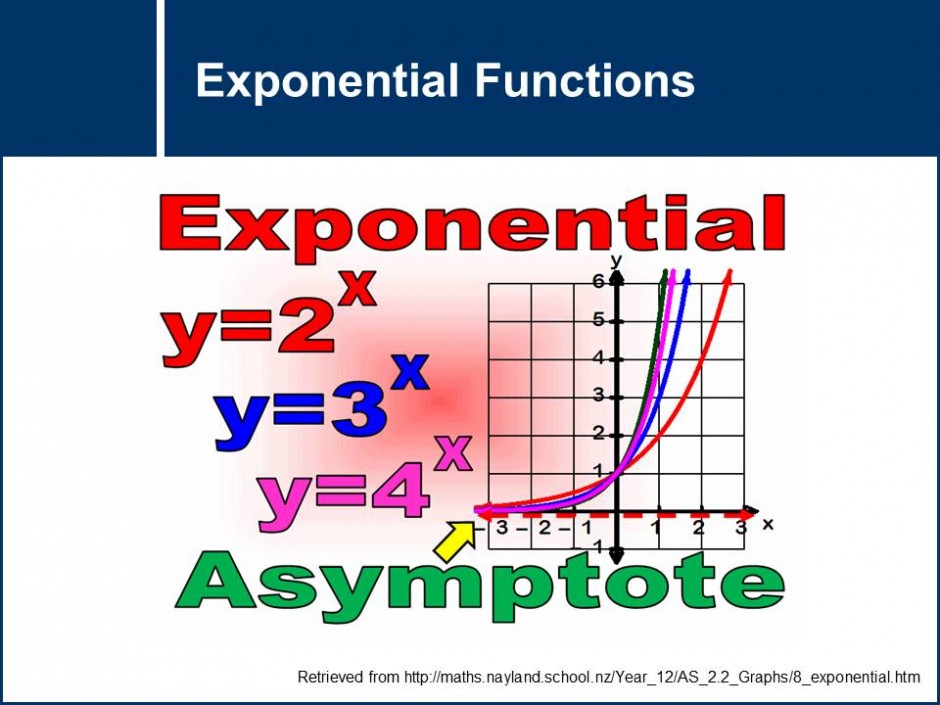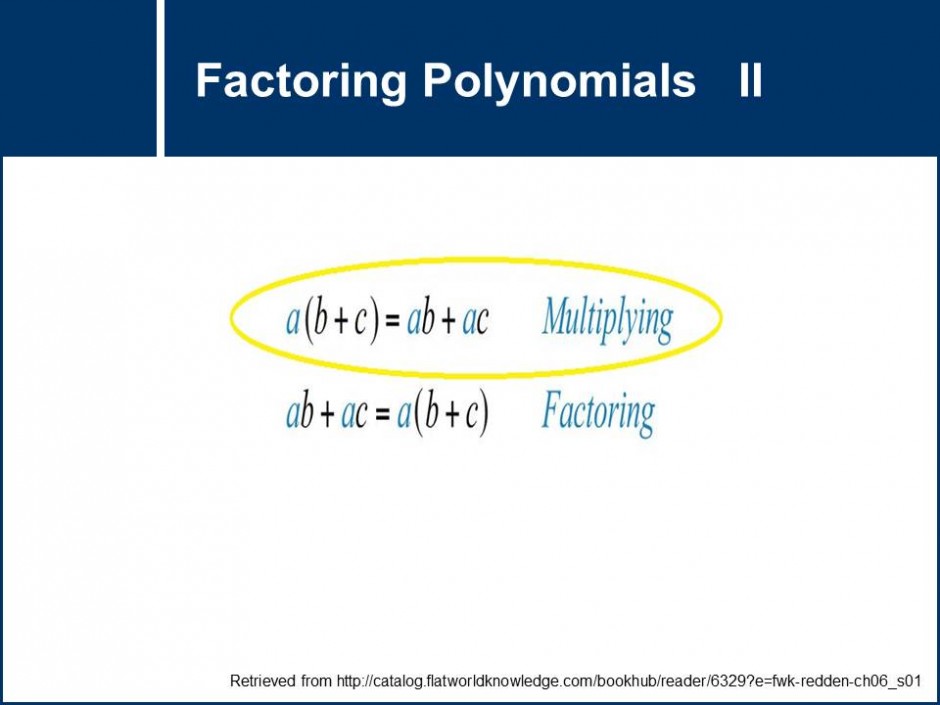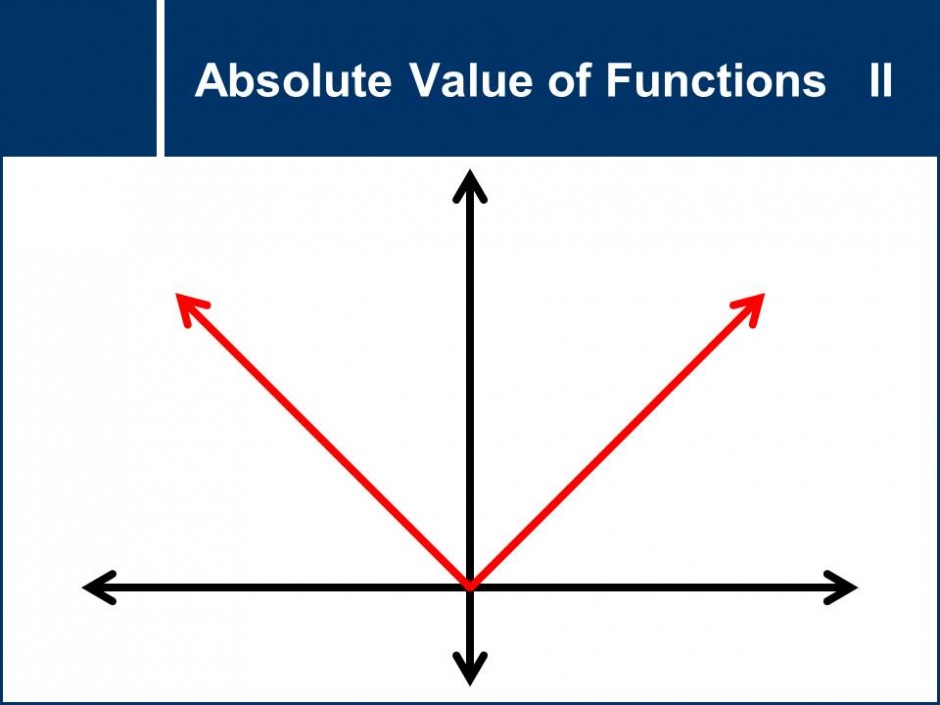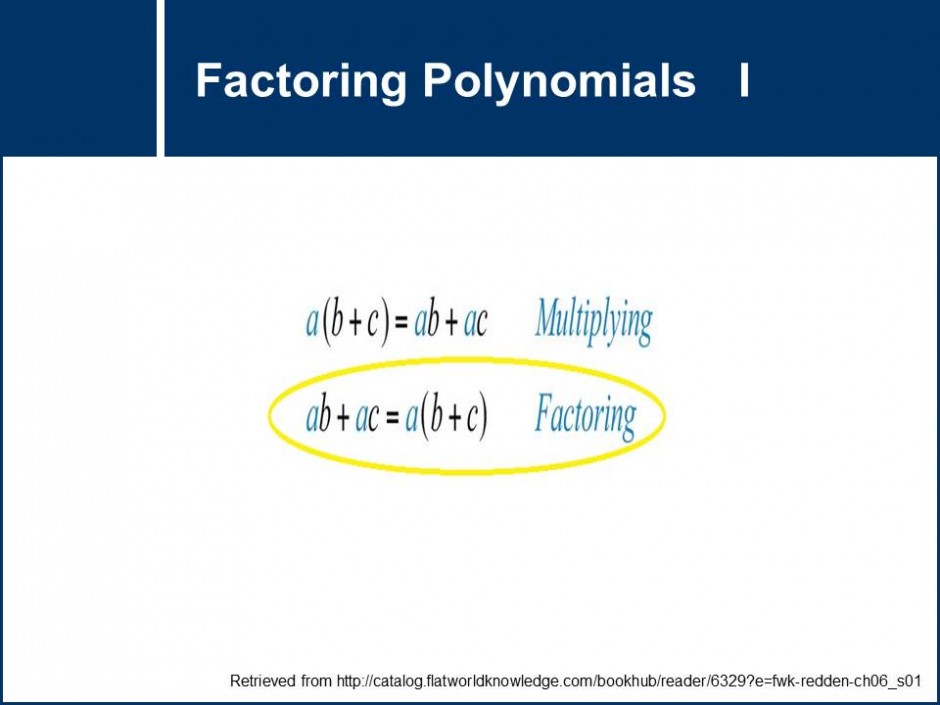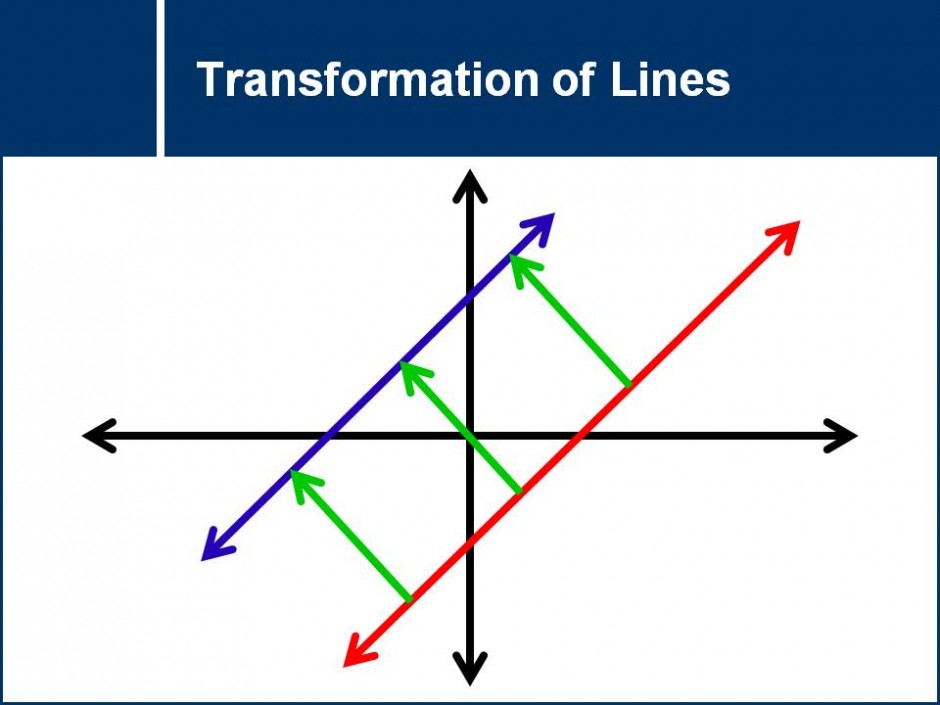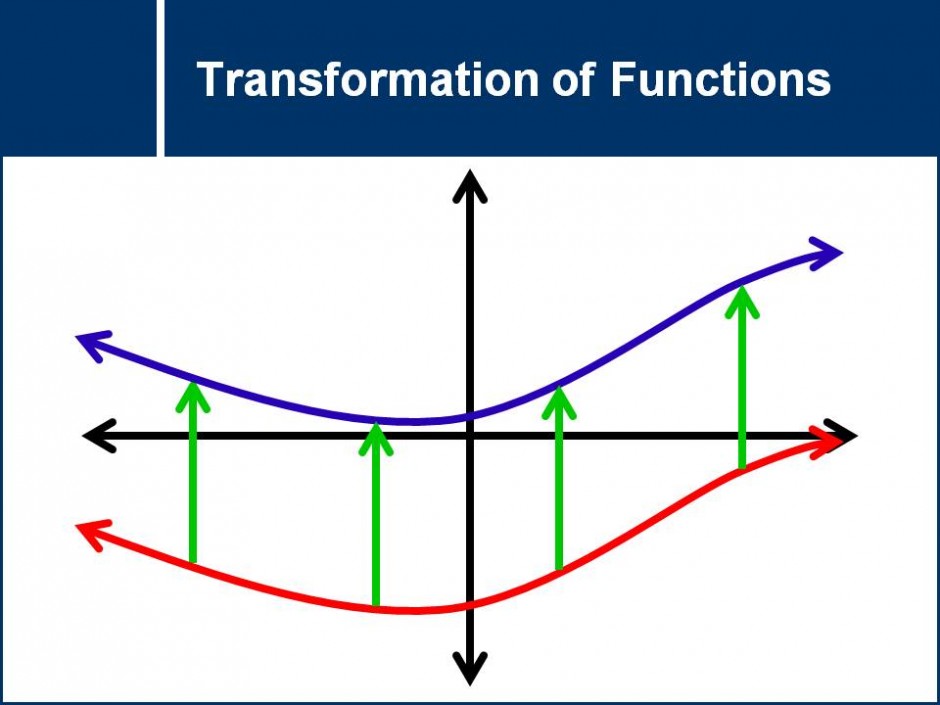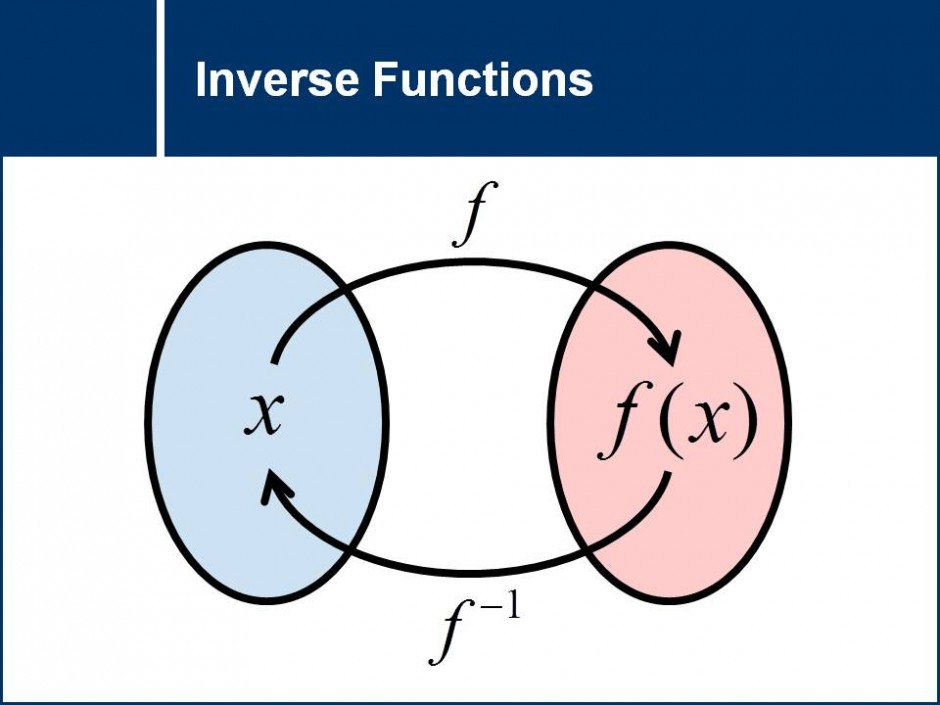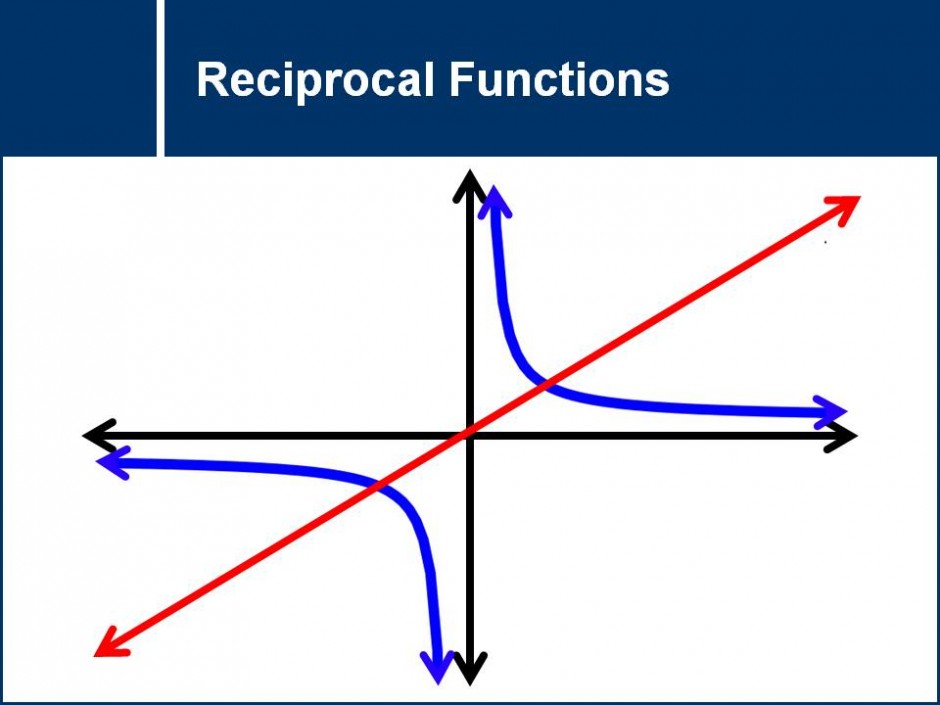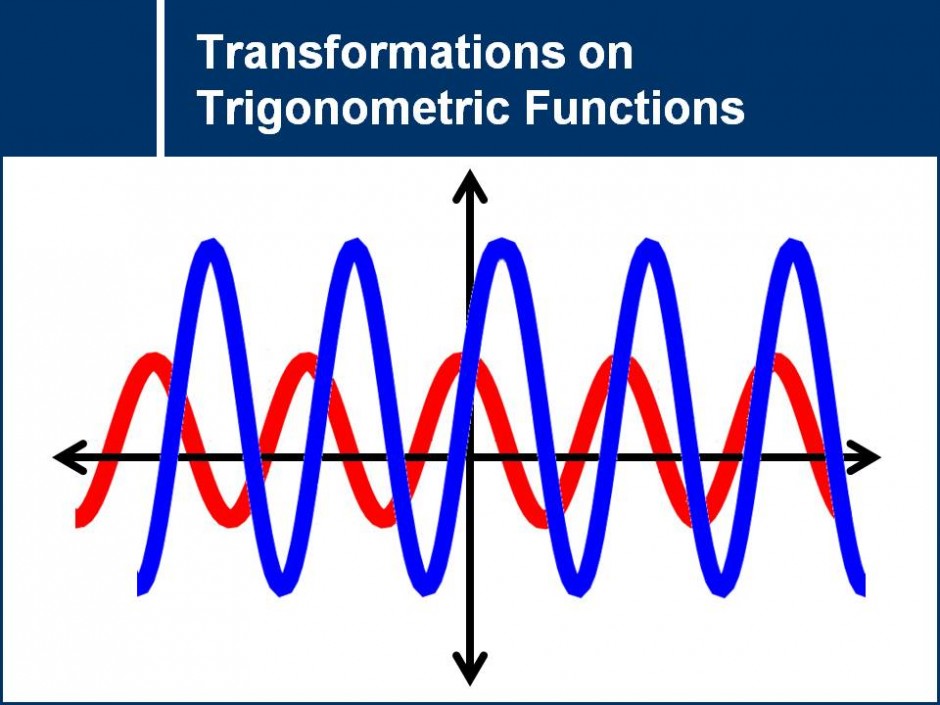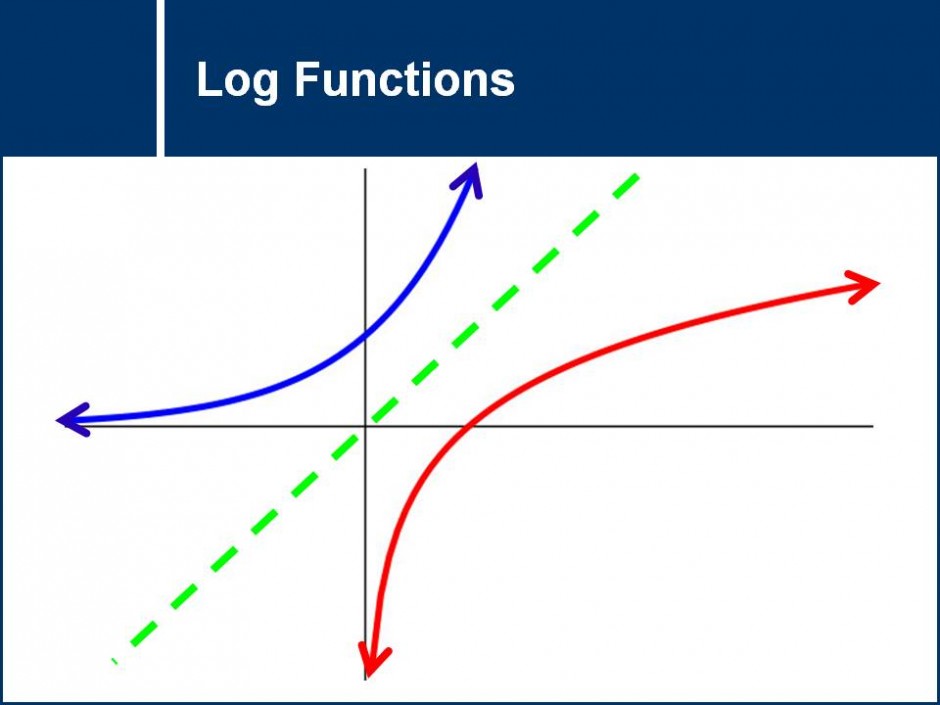Discover how functions behave when involving exponents. This question set deals with exponential graphs and everyday applications of exponential functions. ![]()
![]()
exponential functions, exponents, functions, graphing
Multiply the given statement of factors into one single expression. ![]()
![]()
factoring, GCF, polynomials, quadratic equations, quadratic functions
Discover how functions behave when involving absolute values. This question set deals heavily with graphs of functions and how they change when their absolute value is taken. ![]()
![]()
absolute values, functions, graphing
Factor the given polynomials and write them into division statement. ![]()
![]()
factoring, GCF, polynomials, quadratic equations, quadratic functions
An introductory question set on translations, reflections, and expansions/compressions. Learn how these basic transformations change the graph and equation of lines. ![]()
![]()
compressions, expansions, graphing, lines, math 11-12, reflections, scaling, stretches, translations
This question works through the steps required to apply translations, reflections, and stretches to all basic functions. ![]()
![]()
compressions, expansions, graphing, math 11-12, reflections, transformations, translations
Learn how to find the inverse of a function given a table of values, graph, or equation.![]()
![]()
graphing, inverse functions, math 11-12, one-to-one, transformations
This question set explains how the graph of a function changes when we take its reciprocal. ![]()
![]()
graphing, math 11-12, reciprocals, transformations
Learn how to apply transformations to trigonometric functions. Students should understand that many transformations are equivalent when applied to periodic functions.![]()
![]()
amplitude, displacement, graphing, math 11-12, period, phase shift, trigonometry
Introduces the graph of the log function by analyzing the inverse of exponential functions.![]()
![]()
exponent laws, graphing, inverse functions, log laws, logarithms, math 11-12
